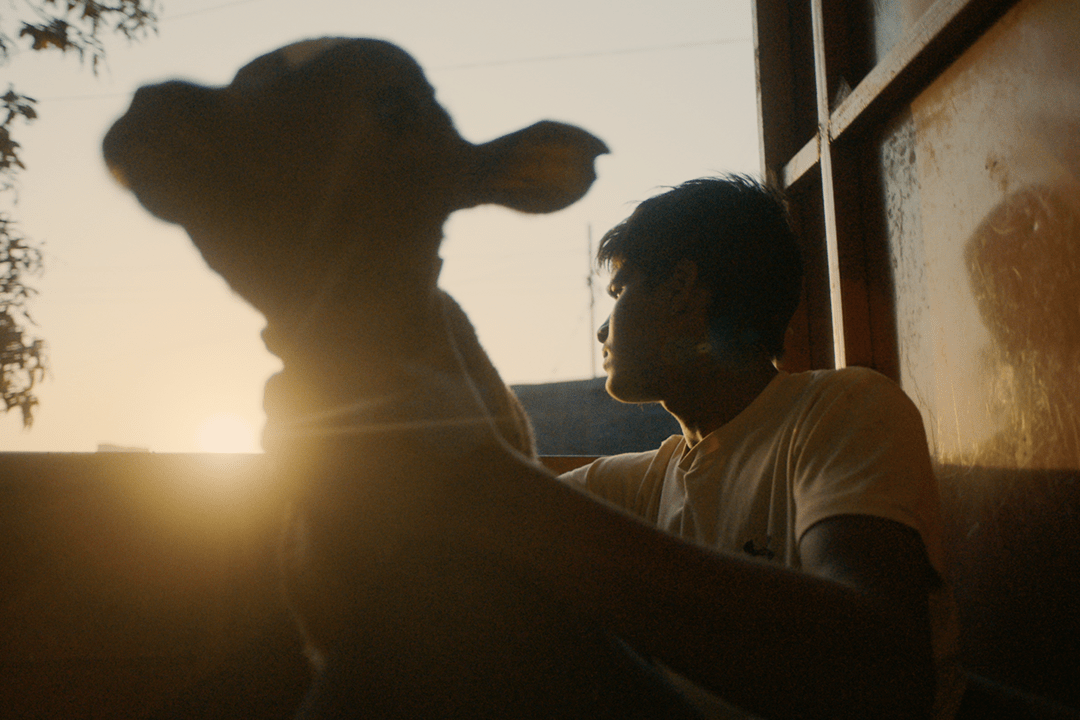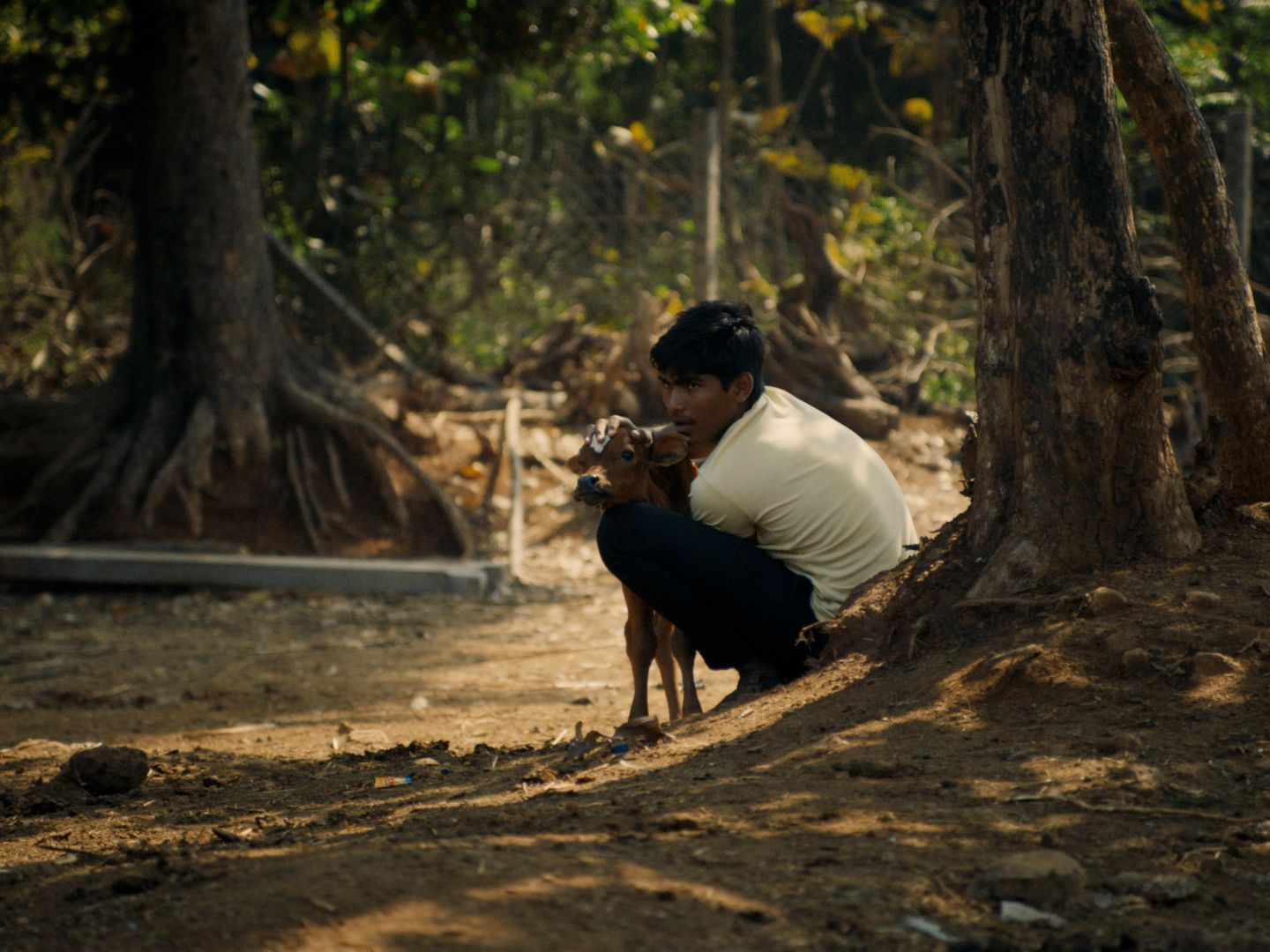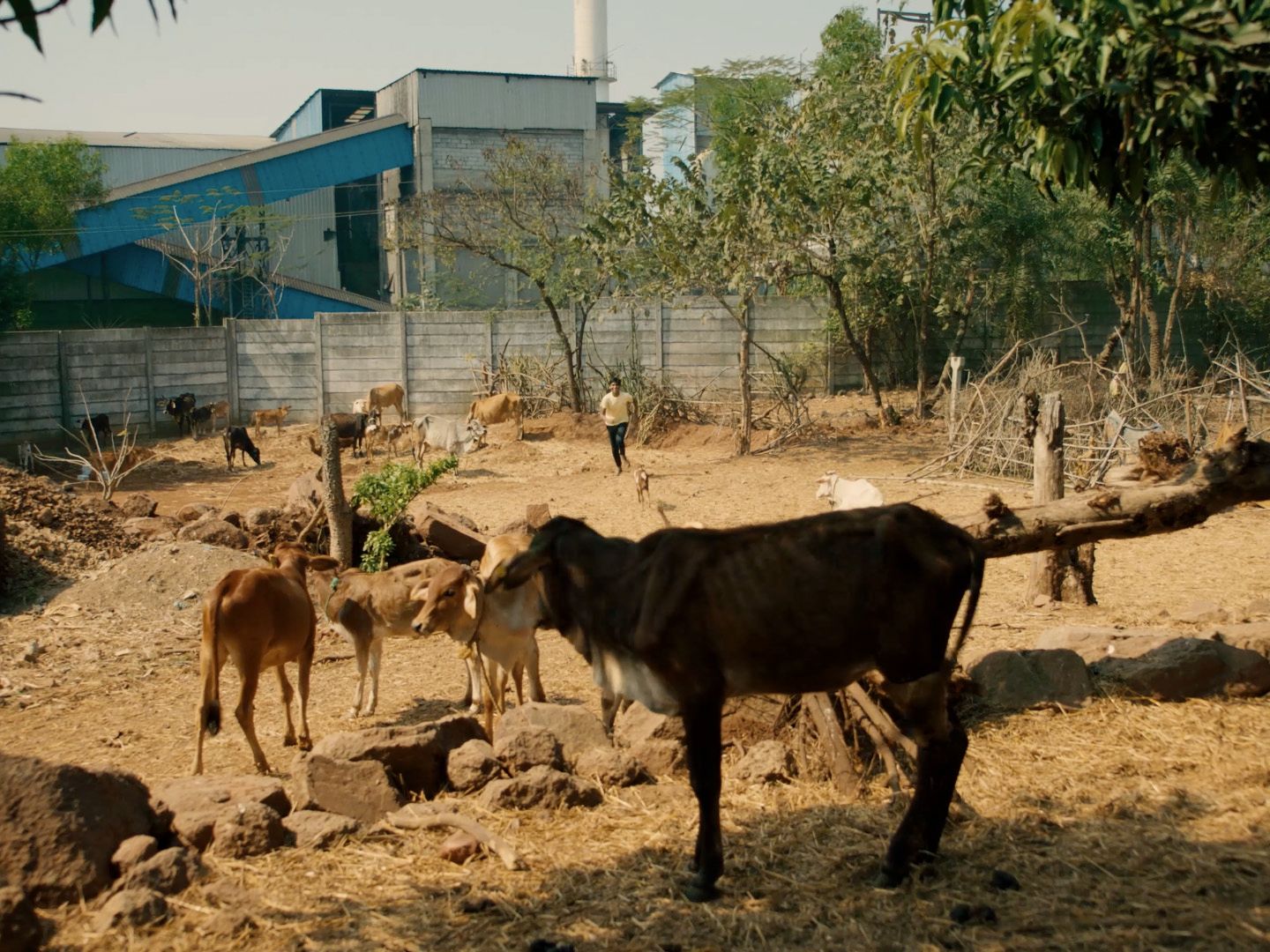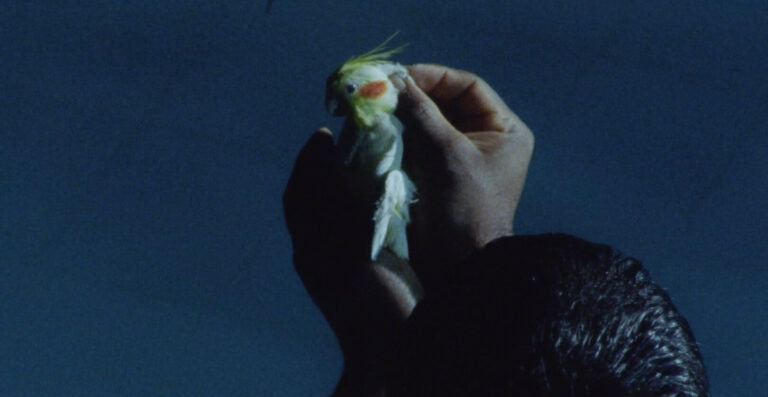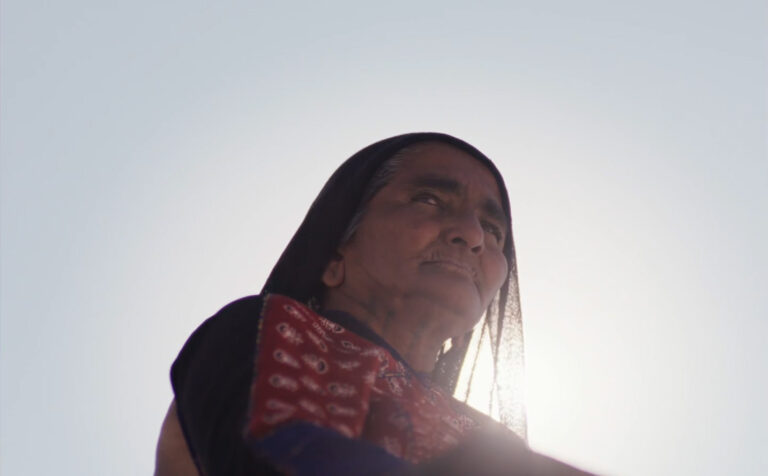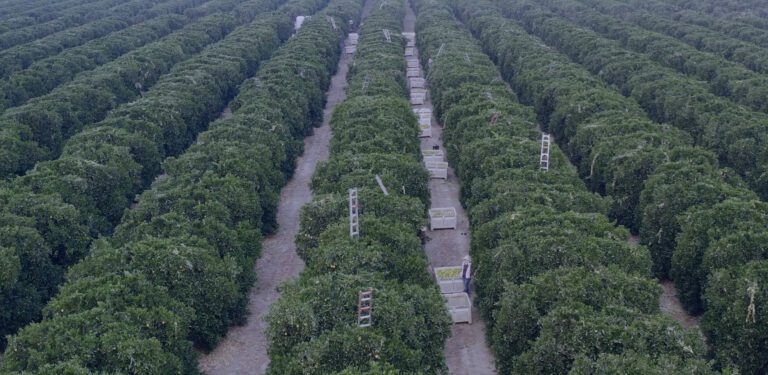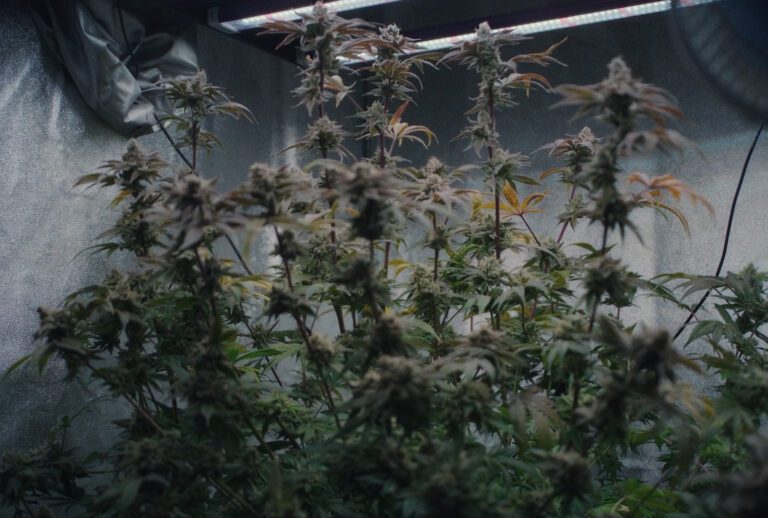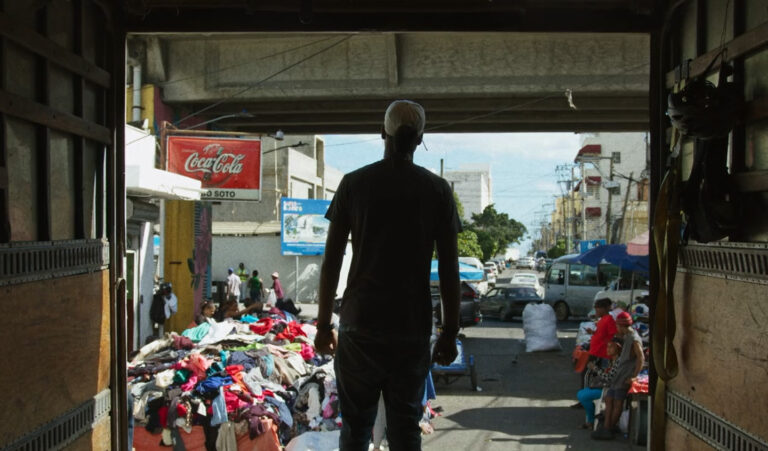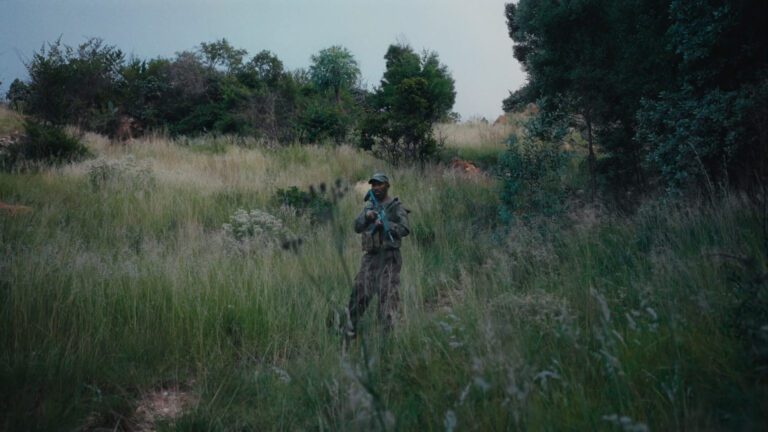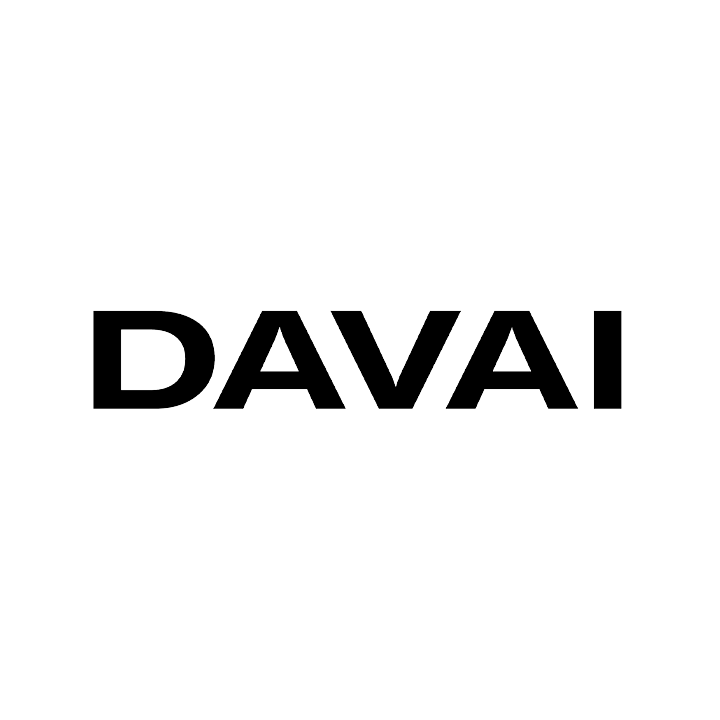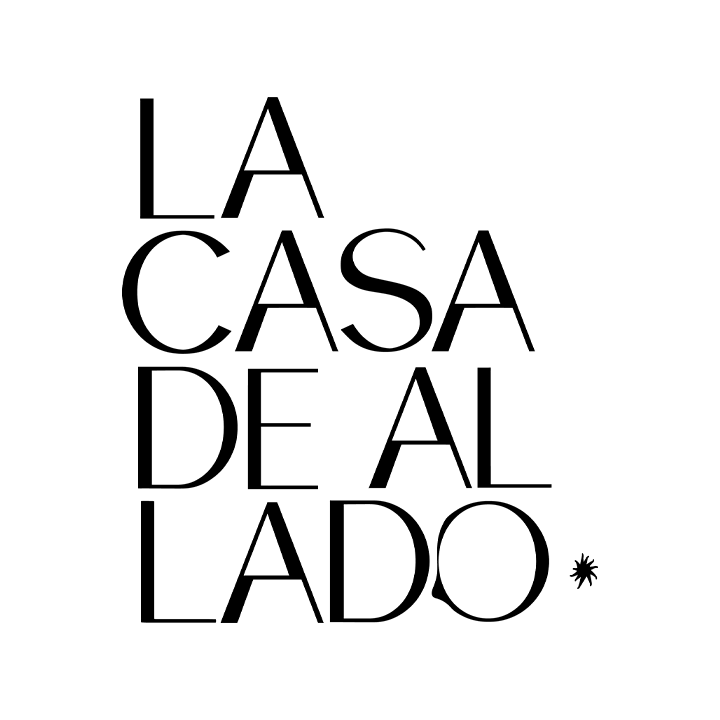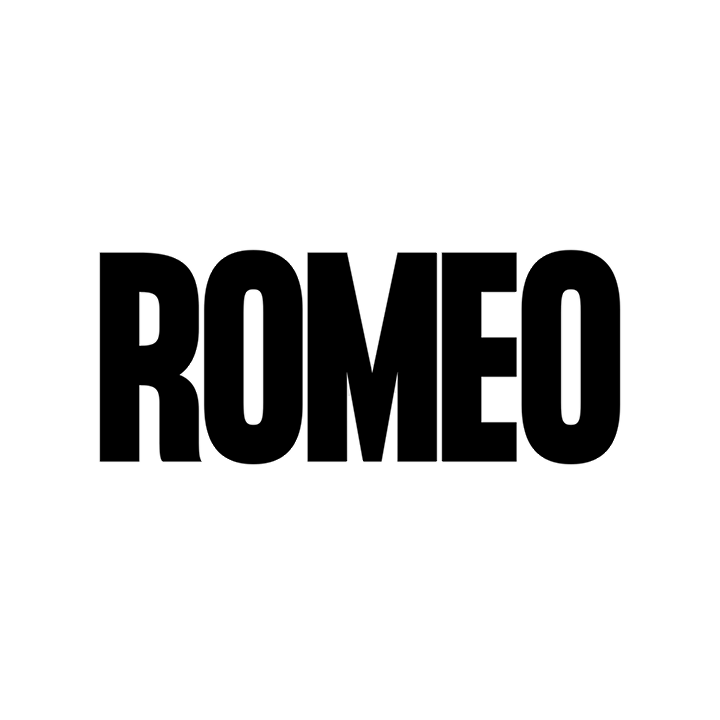Suggested Terms
Director
Location
Format
Festival
Agency
Production Company
Record Label
Award
Varun Chopra directs ‘Holy Cowboys’.
In small-town India, where cows are considered sacred, a teenaged boy and his group of friends set off on a quest to become saviors of the holy cow.
Country
- India
Production Company
Credits
-
Director
-
Executive Producer
Anna Hashmi
-
Director of Photography
Martin Taube →
-
Editor
Carol Nguyen →
-
Production Company
The Corner Shop
